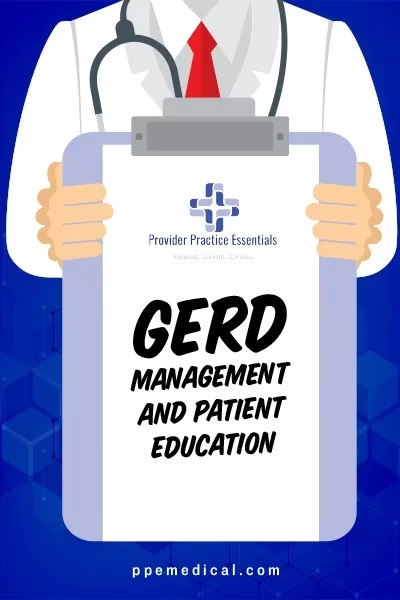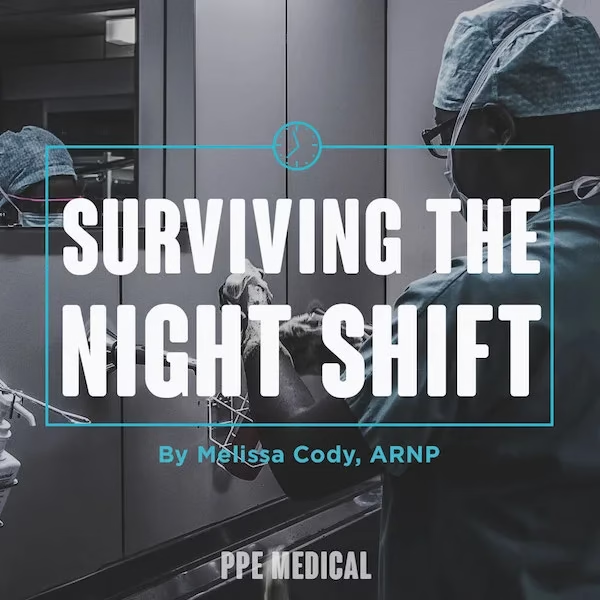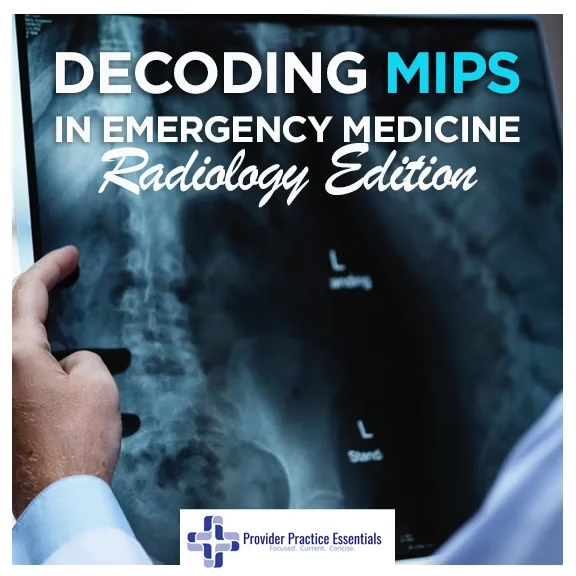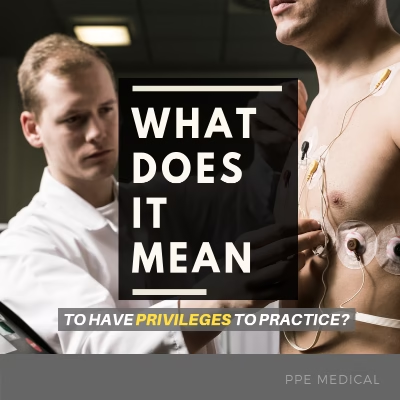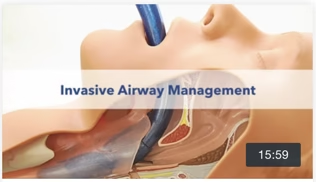The reason for this blog post is to bring awareness to a common scenario we see on a daily basis, long term proton pump inhibitor use. I see multiple new patients come in the office who list either Prilosec or Nexium as a daily medication. When I go over their medications and ask about these PPI’s the patient typically tells me they have been taking them for “awhile” and buy them over the counter so they won’t get heartburn. When I ask them how long “awhile” is, I generally hear anywhere from six months to a few years.
Medical Tips
Night Shift Survival Guide
Healthcare workers know that their job never ends. Patients don’t stop coming to the hospital because it is a weekend, holiday or late at night. Therefore, we provide 24-hour coverage and support in order to take care of our patients – because that is what we do! We are super-humans who save lives! But at what cost? At some point in your career you have likely had to take on night shift and that means that you have to fight your own circadian rhythm in order to stay awake! How messed up is that?!? This is my personal survival guide (with help from my nurses) for surviving the vampire shifts! I will start this list of with more serious topics to take note of. Then, in true night shift fashion, we will take a 90 degree turn and jump off the deep end with some fun suggestions from those who have made a few life mistakes previously!
Decoding MIPS in Emergency Medicine – Radiology Edition
In our last edition, we discussed some ways of altering practice models or properly documenting patient care so that we stay within the current MIPS guidelines while continuing to provide the highest quality care. In this edition, we will discuss some of the MIPS guidelines as they pertain to Radiographic studies that are commonly ordered in ER/Urgent Care settings. As always, appropriate documentation as to why, or why not, a test was ordered is crucial not only for MIPS, but from a legal standpoint as well. So, let’s get into it!
Graduated, passed boards, got a job… now what?
“Don’t Hurt Anyone”
My first job as a nurse practitioner was ideal. I knew all the physicians. I knew all the nurses. I knew all the administrators. Yet, I was scared beyond belief. First and for most I did not want to hurt my patients. Second, I wanted the staff that I worked with to accept me as a competent nurse practitioner. I remember clearly two conversations from those first few days; “John, don’t hurt anyone” and two, “John, one of the most important things is know what you don’t know”.
Sensitivity, Specificity, Predictive Values, Pre/Post-test Probability, and Likelihood Ratios explained
The purpose of this post is to explain the concept of sensitivity, specificity, predictive values, and likelihood ratios.
Screening Tests
Screening tests (surveillance tests) are tools use to assess the likelihood that a patient may have a certain disease. They are not definitive, but if positive, will heighten suspicion that would warrant use of a gold standard diagnostic test to rule in or rule out a certain diagnosis. The goal of screening tests is to reduce the morbidity and mortality in a population group (Maxim, Niebo, & Utell, 2014). Examples of screening tests include routine EKGs, PSA, PAP smears, and mammograms. For example, a male with an elevated PSA may have prostate cancer, BPH, or prostatitis. Positive results of screening tests need to be compared to the established gold standard test that is regarded as definitive. In this case, a prostate biopsy is considered a definitive test, as it will reveal the etiology of the elevated PSA. Screening tests are less invasive and less costly, whereas the gold standard test may be more invasive, expensive, or too late (discovered during an autopsy). Ideally, gold standard tests, such as coronary angiography, breast biopsy, or colposcopy should have 100% sensitivity and specificity. However, in reality, this may not be the case, as it may be the best test given the clinical picture at the time (Maxim, Niebo, & Utell, 2014).
What does it mean to have privileges to practice?
Your Credentials
The process of credentialing can be quite a daunting one, especially if you are new to the healthcare or hospital medical staff approval process. In essence, your credentials are a verification of who you are – both academically and clinically. In addition, your credentials include your medical malpractice history, board certifications, training certificates, disciplinary actions, and other state-specific requirements that the state licensing board determines make you safe to practice. Think of your credentials as a portfolio allowing anyone who wants to know about you read a file and see what you bring to the table, and how well trained you are.
